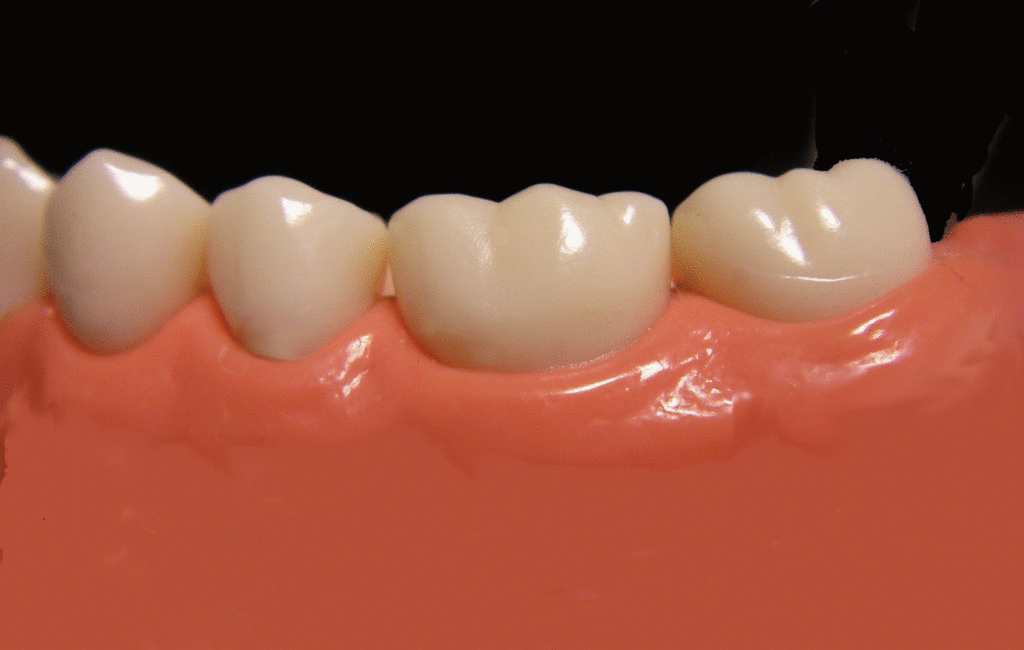Tooth Decay Caries
Nice to meet you, I am the director of Tomiyose Dental Clinic. I would like to explain about treatment for tooth decay.
Tooth decay is a disease in which the enamel on the surface of the tooth dissolves and progresses to the inner dentin. In the early stages, there may be no pain, but as it progresses, there may be toothache, sensitivity to hot or cold foods, and sensitivity to cold. In addition, as tooth decay progresses, it can cause the tooth to break, chip, or cause inflammation in the gums.
Treatment methods vary depending on the degree of progression of tooth decay, but mainly include the following:
Method of filling after removing caries: The caries part is removed and then filled. Fillings can be made of metal, ceramic, resin, etc. If the cavity is large, a crown may also be placed.
Method of removing the nerve: If the tooth decay has progressed and reached the nerve, the nerve is removed and then filled.
Method of extraction: If the tooth decay has progressed too far and the tooth cannot be saved, it may be necessary to extract the tooth.
Before treatment, X-rays and examinations by a dentist are performed. Depending on the degree of progression of tooth decay and the condition of the patient, anesthesia may also be used. During treatment, the dentist will provide appropriate care to the patient, and after treatment, proper aftercare is necessary.

Periodontal Disease Gum Disease

【What is Periodontal Disease?】
Periodontal disease is a condition in which inflammation occurs in the tissues surrounding the teeth, such as the gums, leading to the destruction of the bone and periodontal ligament that support the teeth. If left untreated, periodontal disease can result in tooth loss, making early detection and appropriate treatment crucial.
【Causes of Periodontal Disease】
The main causes of periodontal disease are dental plaque and calculus (tartar). Dental plaque is a film-like substance that forms on teeth as a result of food debris and bacteria from saliva. It can be removed by brushing teeth, but if not removed completely, it can harden and form calculus, which is more difficult to remove and can lead to inflammation caused by bacteria that have adhered to it. Lifestyle factors such as smoking, stress, and poor nutrition can also contribute to periodontal disease.
【Symptoms of Periodontal Disease】
The initial symptoms of periodontal disease include swollen or bleeding gums, bad breath, and a sensation of loose teeth. Inflammation of the gums can cause them to swell and create pockets between the teeth and gums. If plaque and calculus accumulate in these pockets, the inflammation can worsen, eventually leading to the destruction of the tissues that support the teeth.
【Treatment of Periodontal Disease】
Improving oral hygiene is essential for the treatment of periodontal disease. Dentists will remove plaque and calculus by performing cleaning procedures. For severe cases of periodontal disease, more intensive treatments such as gum surgery or antibiotic therapy may be required. After treatment, regular maintenance is necessary to prevent the recurrence of periodontal disease.
Regular dental checkups and oral care are important for the early detection and prevention of periodontal disease. Removing plaque and calculus regularly can reduce the risk of periodontal disease. Appropriate oral care such as proper brushing, flossing, and mouthwash is also crucial. If you have any questions or concerns about periodontal disease, please feel free to consult us. Our clinic is dedicated to providing the latest treatment technologies and knowledge to support our patients’ oral health.
歯周病細菌の観察と検査 位相差顕微鏡

At our dental clinic, we conduct observations and examinations of periodontal disease bacteria using a differential interference contrast microscope (DIC microscope). This is a powerful tool that allows us to observe bacteria in living tissues, which provides valuable information for diagnosis and treatment planning.
Periodontal disease is a chronic infectious disease caused by bacterial infections in the oral cavity. By observing periodontal disease bacteria using a DIC microscope, we can detect the presence and amount of bacteria in the oral cavity, as well as assess their activity and virulence. This allows us to develop more effective treatment plans tailored to each patient’s specific needs.
Furthermore, early detection and treatment of periodontal disease is crucial for maintaining oral health and preventing serious complications such as tooth loss and systemic diseases like cardiovascular disease. By utilizing advanced diagnostic technology like the DIC microscope, we can identify and address periodontal disease more accurately and efficiently, ultimately helping our patients achieve and maintain healthy teeth and gums.
In summary, our clinic’s use of the DIC microscope for periodontal disease bacterial observation and testing is an important aspect of our commitment to providing comprehensive, individualized care to our patients.
1.
TOMO Dental Clinic was established in 1988 with the goal of providing high-quality dental care to the community.
2.
Our private clinic offers a warm and welcoming atmosphere combined with modern equipment and technology to provide the best possible experience for our patients.
3.We offer a range of services, including:
・Check-ups and cleanings
・Periodontal treatments
・Cosmetic dentistry
・Whitening
・Orthodontic treatment including wire correction and Invisalign
4.
We strive to provide first-class service in all areas of dental care.
5.
Our clinic is conveniently located in Okinawa City and easily accessible from anywhere on the island.
6.
We have an English-speaking dentist and are on the Tricare list for your convenience.